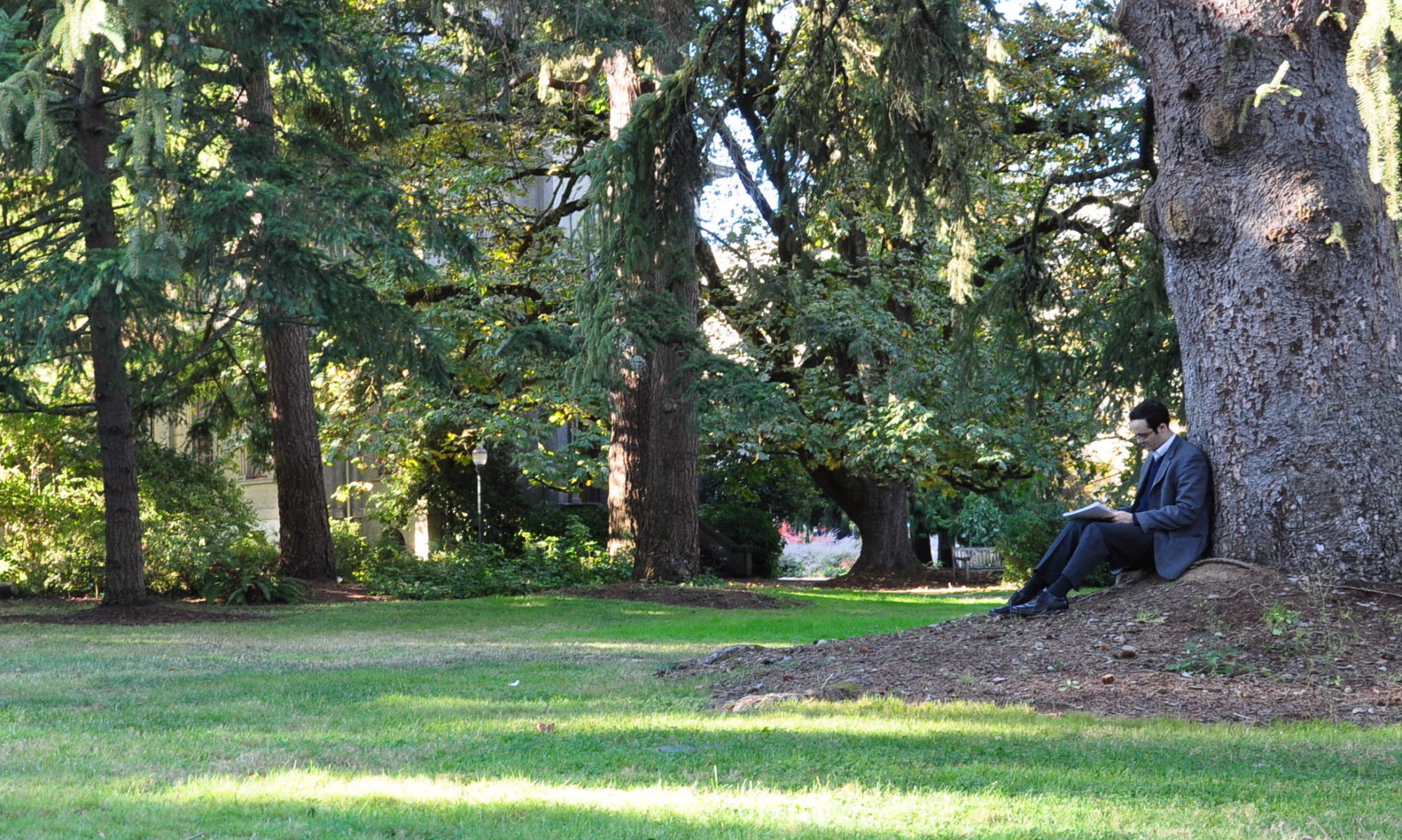Sonata for Violoncello Solo, “Three Maxims of Delphi” (2022)
Each movement of this substantial work, commissioned by Juan Aguilera Cerezo, takes inspiration from one of the three famous pieces of wisdom inscribed on the portico of the Temple of Delphi: “Gnothi seauton” (Know thyself), “Meden agan” (Nothing in excess), and “Eggua para d’ate” (A pledge brings ruin). Each of these statements forms a starting point for musical reflection—the first movement’s intense polyphony emphasizes emotional honesty and self-awareness, not only in the music itself, but also in highlighting the vulnerability of the performer; the second describes a world that while full of emotion, is elegantly circumscribed and refined; the third, a Passacaglia, “pledges” itself to follow a repeating pattern, and struggles to hold itself together amidst increasingly intense musical consequences
